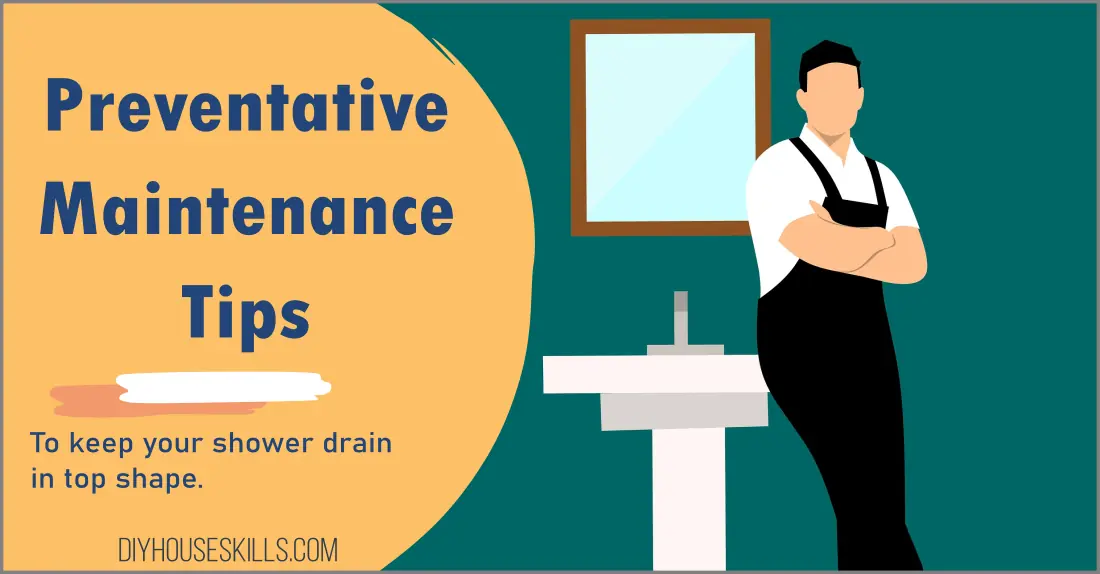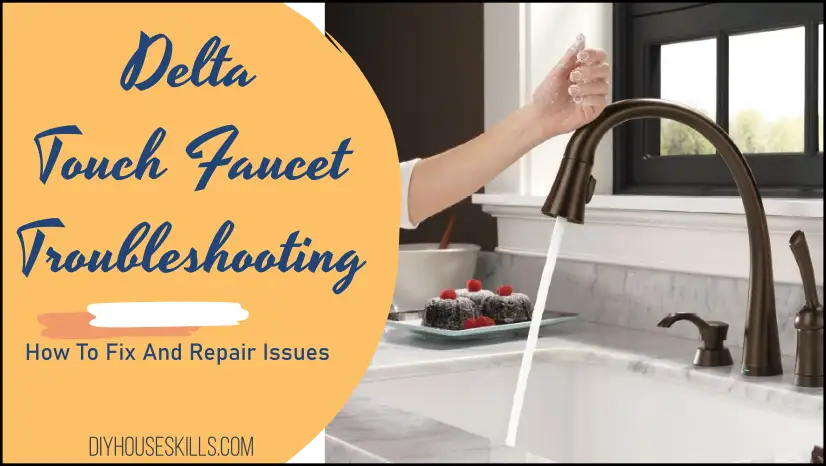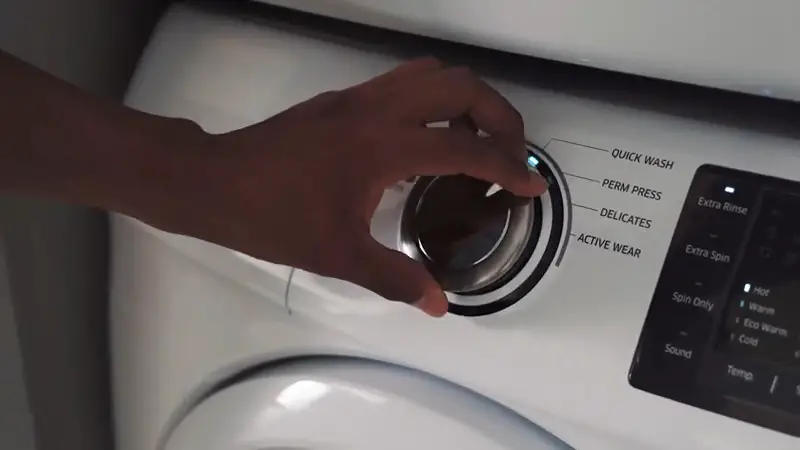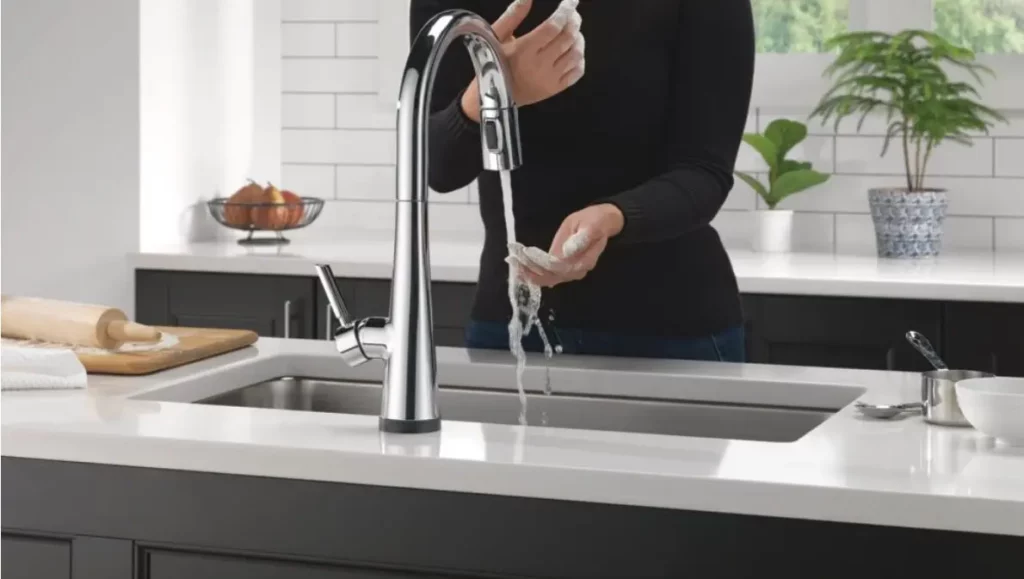Keeping your shower drain in top condition is essential to the life of your plumbing system. But, there are preventative maintenance tips that you can use to make sure your shower drain doesn’t clog in the first place.
Preventative Maintenance
The most important thing you can do for your shower drain is to keep it free from debris. This means making sure hair and other items aren’t allowed to collect in the shower or tub before they reach the drain.
Use a Strainer
If possible, install a strainer over your shower drain that will catch larger objects and keep them from becoming lodged in the drainpipe.
This is an especially good idea if multiple people(a family) share the same bathroom, as debris build-up can occur more quickly with increased use.
You probably already have a strainer over your drain, just make sure to clean it at least monthly. It is easy to do and can help stop hair from getting down the drain itself.
Regularly Clean the Drain
Cleaning your shower drain regularly with a homemade solution of baking soda and vinegar is an effective and inexpensive way to maintain a clear flow.
Not only does this inexpensive solution help remove any dirt, soap scum, or other debris that may be preventing water from properly draining, but it can also help dissolve mineral deposits on metal surfaces which can lead to wear-and-tear or corrosion in the long run.
The complete process is in my article, but basically, use a cup of baking soda and a cup of vinegar, allow it to sit for a while, then rinse.
Additionally, using this natural cleaning solution eliminates the need for harsh chemical products that can damage your plumbing system over time. Regularly using this solution will ensure that any dirt or debris is cleared away quickly in order to keep your shower running efficiently.
Avoid Chemicals
Another important tip is to avoid pouring harsh chemical cleaners down your shower drain on a regular basis, or at all.
While these may seem like a quick fix for a sluggish or clogged pipe, they can actually damage it over time and cause corrosion or further blockage down the line.
Consider using natural cleaning products such as baking soda and vinegar when dealing with some types of clogs, stubborn stains, or odors instead of relying on chemicals.
I have a whole article on how to clean a slow drain that avoids using chemicals altogether.
Check for Leaks
It’s also essential to check for any signs of leaking around your shower and/or shower drain periodically throughout the year.
Just look around the shower area after a shower for signs of water. Any unusual dampness should be taken seriously and addressed as soon as possible before serious damage occurs from flooding or water seepage into other areas of the home.
If you find leaks around the shower, the best course of action is to immediately call a plumber for help and/or advice.
A plumber should be able to assess the issue and provide a solution, such as replacing any worn or damaged pipes, gaskets, or other components of your shower’s plumbing system.
It may also be helpful to repair or install waterproof sealant to prevent further damage and ensure that your shower remains watertight.
Actionable Steps To Take
I think it is useful to have all these steps consolidated into one list for you to have. Therefore, the list below pretty much summarizes them.
In order to maintain a shower drain, the following actionable steps should be taken:
- Inspect the drain strainer periodically and make sure it is securely in place to prevent clogs.
- Clear any hairs or debris from the drain strainer on a regular basis.
- Clean the area around the shower drain with mild detergent and warm water after each use.
- Once a month, pour one cup of baking soda followed by one cup of white vinegar down the drain to help minimize odors and break down built-up oils and soap scum that can accumulate over time.
- Occasionally pour hot water down the drain to help clear any buildup or debris in the pipes below.
- Check for leaks regularly and repair them as needed.
Tools to Have on Hand
In regards to shower repair and maintenance, it is important for a homeowner to have the right tools on hand in order to make simple repairs and maintenance tasks easier.
This can include items such as a drain snake, pliers, an adjustable wrench, basin wrench, silicone sealant or caulk, gloves, safety goggles or glasses, and maybe a flashlight.
Additionally, having spare parts like washers or O-rings is also useful in case of emergency situations like leaks. Finally, it might be useful to keep your instruction/owner’s manuals handy in order to reference specific directions or instructions related to your particular shower model.
This isn’t all-inclusive but covers most of what you will need. You can always browse the hardware store looking for additional tools you want to have.
Conclusion
Following these preventive maintenance tips can help ensure that your shower drains remain clear and functioning properly without needing expensive repairs in the future due to neglect or blocked pipes.

I’m J.S., I created and am the content manager at DIYHouseSkills.com. I do the research and write the articles that appear on this website. I’ve learned many household skills during my life and think it’s important to at least know the basics so that you can save yourself time and money… READ FULL BIO >
- Delta Touch Faucet Not Working? Here’s What to Do!Navigating the complexities of modern home technology can occasionally present challenges, such as those encountered with the Delta Touch Faucet. This guide is designed to simplify these challenges by providing detailed solutions to common issues, ensuring your faucet functions optimally with minimal hassle. Delta Touch kitchen faucet troubleshooting can resolve your problems by following the procedures below and getting … Read more
- What Does “SE” Mean on My Samsung Washer?Seeing the dreaded “SE” error code on your Samsung washer can be frustrating, but don’t panic. This guide will help you understand what it means, diagnose the cause, and walk you through potential solutions to get your laundry cycle back on track. Understanding the “SE” Error First things first, what exactly does “SE” mean on a Samsung washer? It’s … Read more
- How to Disable the Touch Feature on a Delta FaucetSometimes the convenience of a touch-activated faucet isn’t so convenient – like when you’re cleaning, have messy hands, or maybe the feature is just behaving a bit erratically. If you need to temporarily or permanently disable your Delta touch faucet this article tells you how. The process is quick and painless. Steps to Turn Off Touch Feature on a … Read more
- Grout Replacement 101: When DIY is the Right Choice (and When it’s Not):Cracked, crumbling, or discolored grout – the bane of any tiled surface’s existence. It not only detracts from aesthetics but can harbor mold and mildew, posing potential health risks. But fear not, homeowners! Grout replacement is an achievable project, and this guide will equip you to decide whether DIY is the right choice for you. Is DIY Grout Replacement … Read more
- Choosing the Best Sealants for Your ProjectsToday, I’ll share my insights and guide you through selecting the best sealants for every project around your home—from the kitchen and bathroom to windows and exterior spaces. By the end of this guide, you’ll be equipped with professional knowledge to make informed decisions and wield sealants like a pro. Kitchens: Food-Safe Silicone Sealant When it comes to kitchen … Read more







